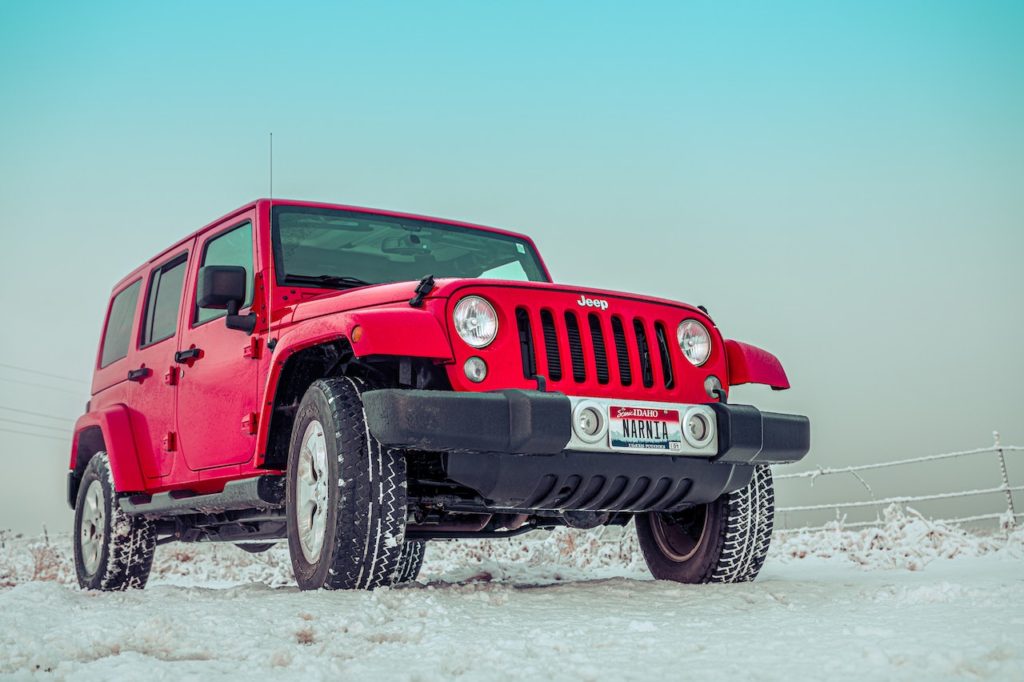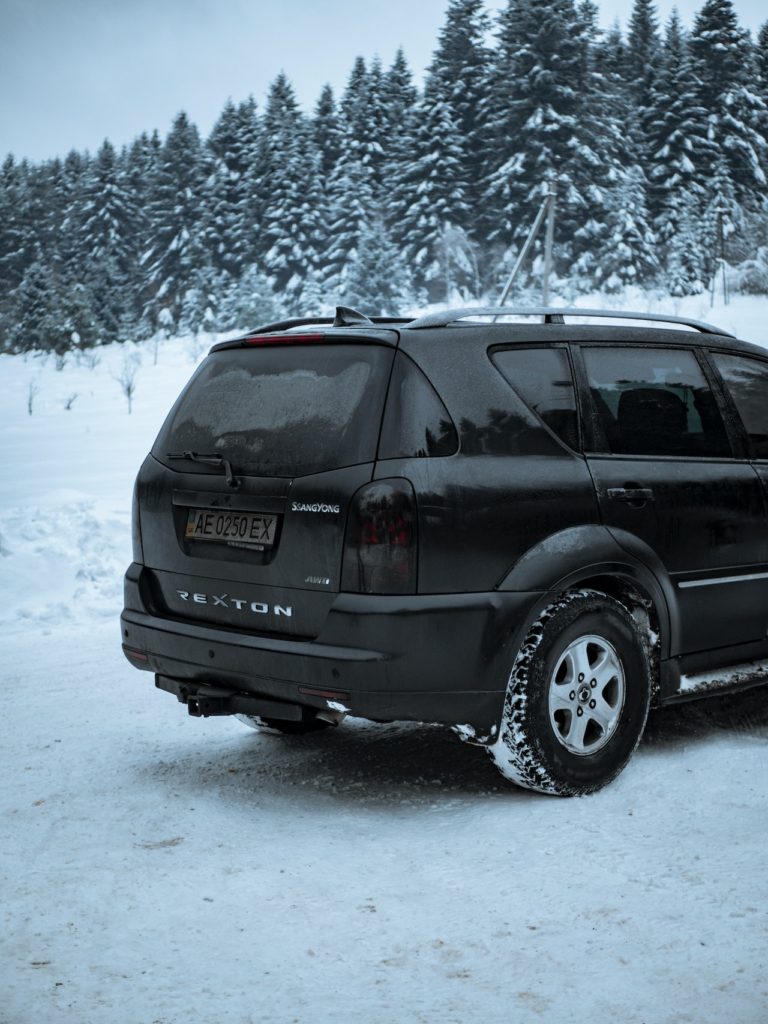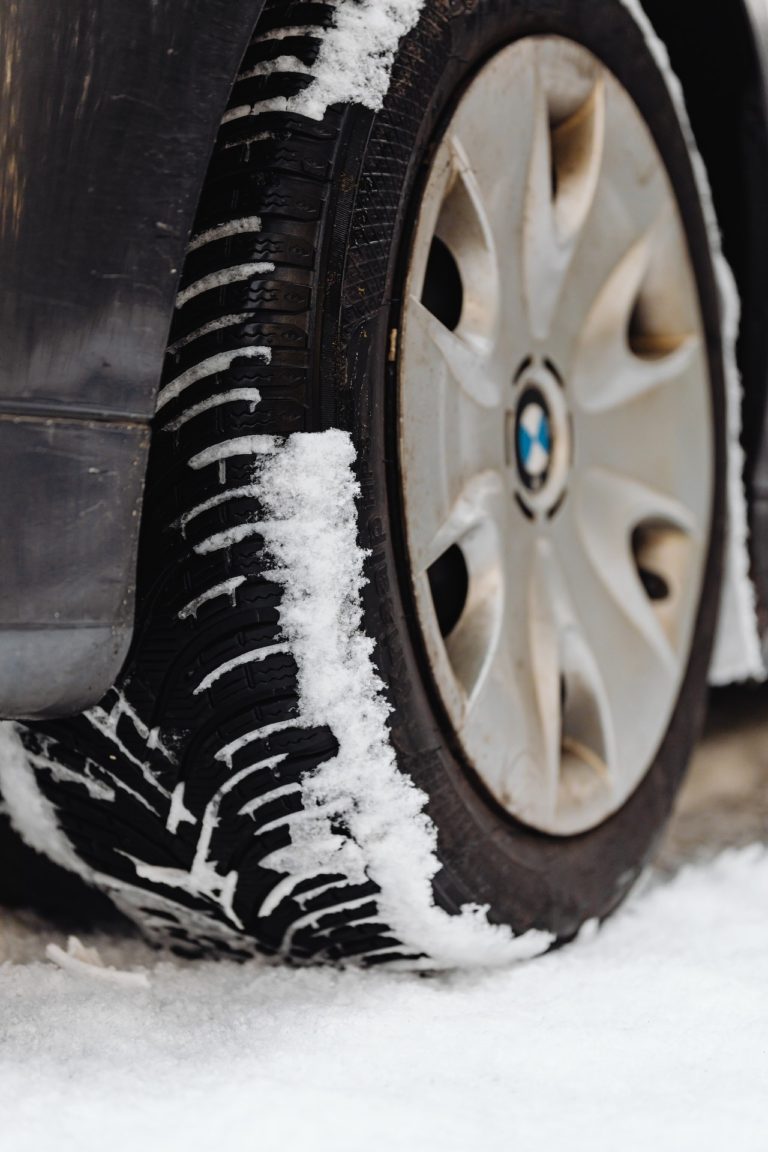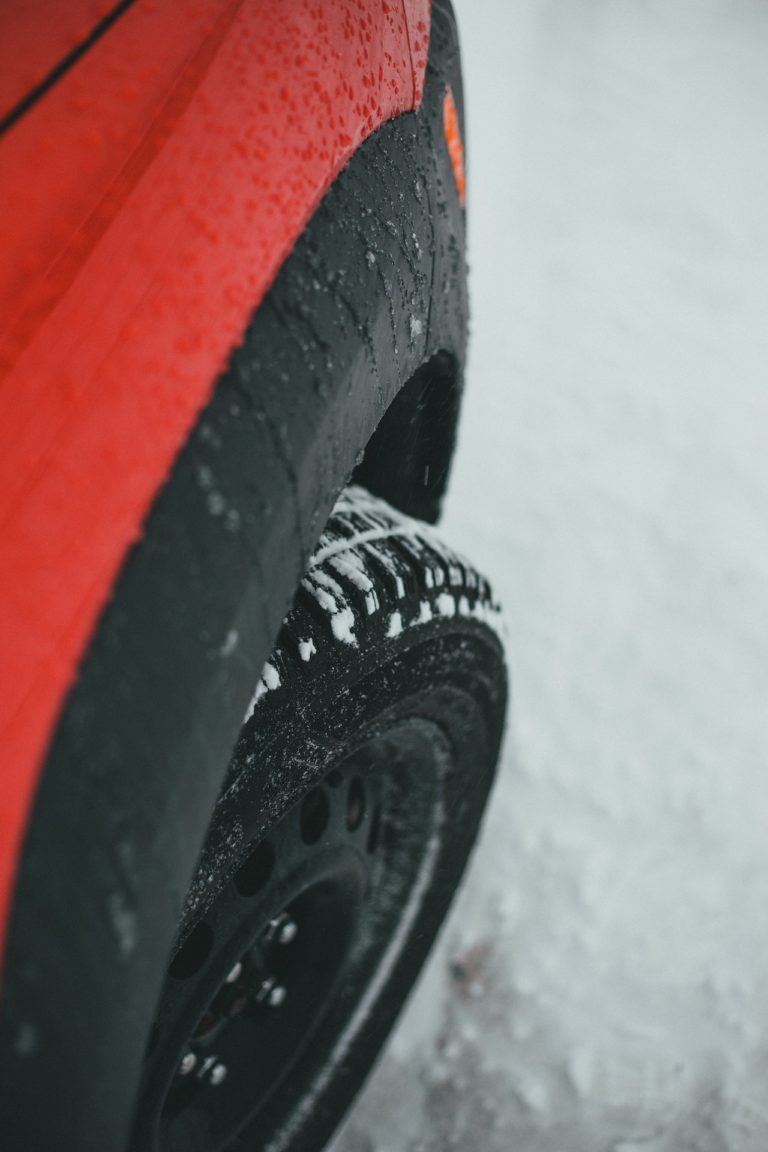Tire pressure is an important factor to consider when it comes to driving safely, especially during the winter season. Snow and cold weather can have a significant impact on your vehicle’s tire pressure, which in turn affects your vehicle’s handling and fuel efficiency. In this article, we will explore what happens to tire pressure in the snow and how to properly maintain your tires during the winter months.
Key Points: Tire Pressure in the Snow
Snow and cold weather conditions can cause a drop in tire pressure, which can impact your vehicle’s handling, fuel efficiency, and overall safety.
Regularly checking and maintaining proper tire pressure is crucial for safe winter driving.
It is recommended to use the tire pressure specified in your vehicle’s owner’s manual, as it is specifically designed to accommodate the weight and handling of your vehicle.
Overinflated tires can lead to reduced traction and handling, while underinflated tires can cause excessive wear, reduced fuel efficiency, and decreased handling in snow and ice.
It is important to check tire pressure frequently during the winter months, as temperature fluctuations can cause significant changes in tire pressure. Always check tire pressures when the vehicle is cold and has not been driven for a few hours.
In addition to maintaining proper tire pressure, selecting the right type of tire and maintaining proper tread depth are also crucial for safe winter driving. Winter tires, with their unique rubber compound and tread patterns, offer superior traction and handling in cold weather conditions. Proper tire tread depth, as determined by the “penny test,” or a tread depth gauge is also important for maintaining traction and control on snowy and icy roads.
Factors that Affect Tire Pressure in the Snow
There are several factors that can cause your tire pressure to drop in the snow. First and foremost, cold weather itself can cause tire pressure to decrease. As the temperature drops, the air inside your tires contracts, leading to a decrease in pressure. This means that if you check your tire pressure when it is warm outside and then the temperature drops, your tires will lose pressure and could become underinflated.
Another factor that can impact tire pressure in the snow is the amount of snow that is on the ground. When you drive through snow, it can pack into your tire treads, which can lead to a decrease in tire pressure. If your tires have snow or ice buildup, it can cause uneven pressure distribution, which can lead to poor handling and reduced fuel efficiency.
Effects of Underinflated Tires in the Snow
Driving on underinflated tires during the winter months can be particularly dangerous. When your tires are underinflated, they have less contact with the road, which reduces their ability to grip the road in snowy or icy conditions. This can make it difficult to control your vehicle, particularly when turning or stopping. Additionally, underinflated tires can cause your vehicle to hydroplane on wet or slushy roads, which can be extremely hazardous.
Proper Tire Maintenance for the Winter Months
To ensure your vehicle is safe and performs well in the snow, it is important to properly maintain your tires during the winter months. Here are a few tips to keep in mind:
Check your tire pressure regularly. It is recommended that you check your tire pressure at least once a month during the winter months. Make sure to check your tire pressure when your tires are cold, as this will give you a more accurate reading.
Inflate your tires to the recommended pressure. The recommended tire pressure can be found in your vehicle’s owner’s manual or on the driver’s side door jamb. Make sure to inflate your tires to the recommended pressure, and not the maximum pressure listed on the tire itself.
Keep your tires clean. Regularly clean any snow or ice buildup from your tires, as this can affect tire pressure and handling.
Consider winter tires. Winter tires are designed specifically for cold weather conditions and can provide better handling and traction in the snow and ice.
Choosing the Right Tires for Winter
While proper tire maintenance is crucial for safe winter driving, selecting the right type of tire can also make a significant difference. Winter tires, also known as snow tires, are designed specifically for cold weather conditions and offer superior traction and handling in the snow and ice. They are made from a softer rubber compound that stays pliable in low temperatures, which allows for better grip on the road.
In addition to their unique rubber compound, winter tires also have deeper tread patterns and more sipes (small slits in the tread blocks) than all-season tires. These features help to channel snow and slush away from the tire, allowing for better contact with the road.
It is important to note that while all-wheel drive and four-wheel drive can help improve traction, they do not make up for the lack of proper winter tires. A vehicle equipped with all-wheel drive and all-season tires will not perform as well in the snow as a vehicle with two-wheel drive and winter tires.
Conclusion
Maintaining proper tire pressure is important year-round, but it is particularly important during the winter months. Cold weather and snow can cause your tire pressure to drop, which can impact your vehicle’s handling and fuel efficiency. By following proper tire maintenance tips, such as regularly checking your tire pressure and keeping your tires clean, you can help ensure your vehicle is safe and performs well during the winter months. Remember, your tires are your vehicle’s only contact with the road, so it is important to keep them in good condition.




